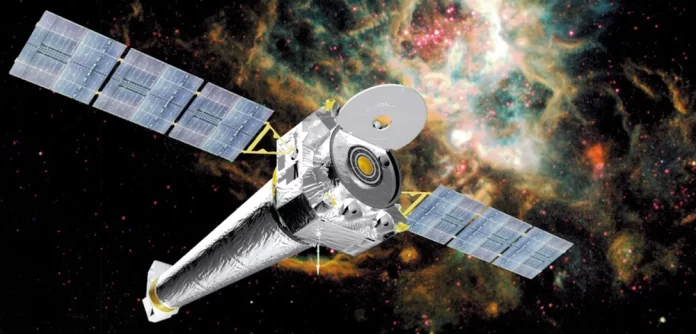A team of researchers from the Tata Institute of Fundamental Research (TIFR) and the Indian Institute of Space Science and Technology (IIST) in India has successfully identified thousands of new cosmic objects at X-ray wavelengths using machine learning techniques. The researchers used data from NASA’s Chandra space observatory and the Light Gradient Boosted Machine (LightGBM), an open-source gradient boosting framework for machine learning originally developed by Microsoft, to catalog more than 277,000 objects of unknown nature. This breakthrough represents a major technological advancement in the search for cosmic objects and has opened up an enormous opportunity for the astronomy community to study many interesting new objects.
According to the Journal published in the Monthly Notices of the Royal Astronomical Society, the application of machine learning techniques to astronomical data is still in its preliminary stage. However, the potential benefits of cataloging and classifying this data using machine learning algorithms are vast.
Analyzing data collected by telescopes requires hours of dedication and the involvement of many professionals, which makes the application of machine learning a valuable ally in this task.
The use of machine learning techniques to extract information from this data is essential, as it is not practical to explore the data from all these objects manually. The TIFR-IIST team applied machine learning techniques to hundreds of thousands of cosmic objects observed in X-rays with NASA’s Chandra space observatory, demonstrating how new and topical technological progress could help and revolutionize basic and fundamental scientific research.
The team’s application of these techniques to about 277,000 X-ray objects, the nature of most of which was previously unknown, led to the reliable discovery of thousands of cosmic objects of different classes, such as black holes, neutron stars, white dwarfs, and stars.
Astronomy is entering a new era, as large amounts of astronomical data from millions of cosmic objects become freely available. These data have the potential for many new discoveries and a better understanding of the universe. However, exploring this data manually is not practical, and automated machine learning techniques are essential to extract information from these data.
This collaborative research has been important in establishing a state-of-the-art capacity to apply new machine-learning techniques to fundamental research in astronomy, which will be crucial in scientifically utilizing the data from current and upcoming observatories.
This is not the first time machine learning has been used to analyze astronomical data. In recent years, machine learning techniques have been applied to many areas of astronomy, including identifying new galaxies, detecting exoplanets, and studying the behavior of black holes. Machine learning has also been used to analyze data from gravitational wave observatories, allowing researchers to identify previously unknown events.
The successful application of machine learning techniques to identify thousands of new cosmic objects by Indian researchers from TIFR and IIST represents a significant contribution to the scientific community. The potential benefits of cataloging and classifying astronomical data using machine learning algorithms are vast, and this breakthrough represents a major technological advancement in the search for cosmic objects. The application of machine learning techniques to analyze astronomical data is expected to inspire further research in this field and is crucial to scientifically utilizing the data from current and upcoming observatories.
References:
- Ghosh et al. (2022). Catalog of more than 277,000 X-ray sources detected by the Chandra ACIS-I observations: Classification using LightGBM. Monthly Notices of the Royal Astronomical Society, 517(4), 5734–5749. https://doi.org/10.1093/mnras/stab3263



